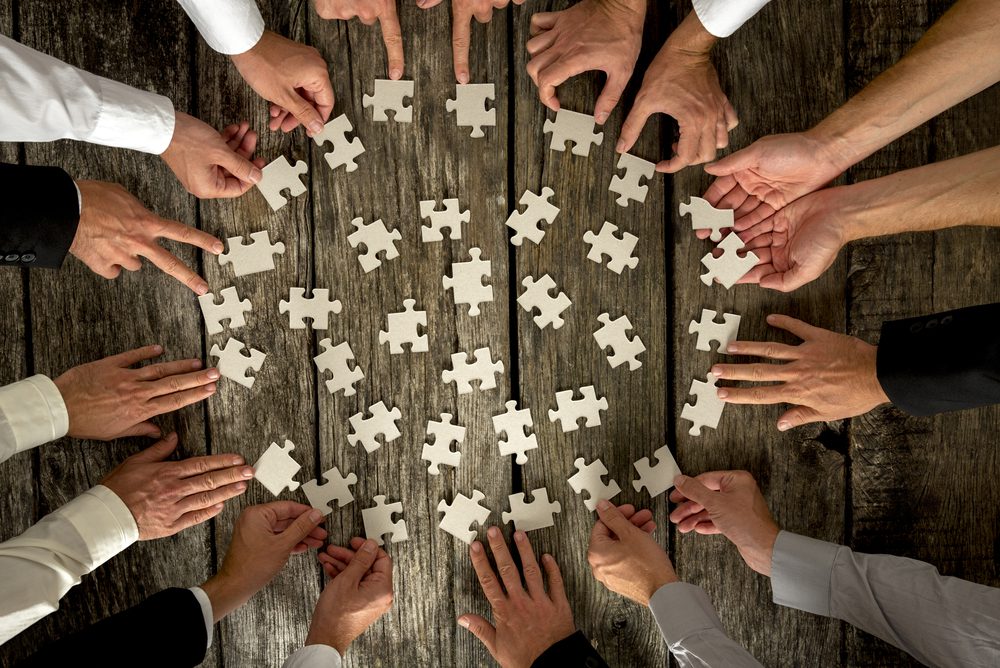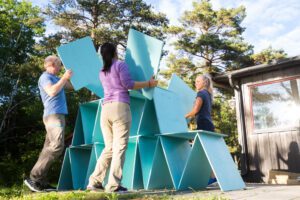Team building is seen as essential to businesses and corporate culture. Every year, businesses large and small shell out hundreds to thousands on company retreats and exercises. These activities can range anywhere from the typical–sunrise yoga and bowling–to wildly unusual–zombie hunting and chariot racing. There’s no doubt that these activities are generally great fun for all and can be morale-boosting. However, the big question remains: does all this time spent cheering, meditating and running around actually accomplish it’s stated goal of team building?
According to Carlos Valdes-Dapena, CEO of Corporate Collaboration Resources and the author of the upcoming book, Lessons from Mars: How One Global Company Cracked the Code on High-Performance Collaboration and Teamwork, the answer is no.
Valdes-Dapena and his group spent months researching team building at Mars Inc., trying to determine an optimal way to achieve cohesion and teamwork. After crunching the numbers, Valdes-Dapena found that despite thousands spent on extravagant team building enterprises–Mars Inc. once hired an orchestra to teach leaders to harmonize at a retreat–most employees still didn’t work in tandem with one another. To quote Valdes-Dapena’s recent Harvard Business Review article, “If there was one dominant theme from the interviews, it is summarized in this remarkable sentiment: “I really like and value my teammates. And I know we should collaborate more. We just don’t.”
This may be depressing to hear, especially if you’ve invested a nice sum in the team building trend. That said, looking at Valdes-Dapena’s research, it shouldn’t be too difficult, or costly, to create meaningful teamwork within your dealership.
The main point that employees stumbled on when it came to collaborating, Valdes-Dapena discovered, was in the abstractness of the objective. Rectifying that problem simply meant defining parameters for concrete achievement. He writes, “At the core of this framework are two questions to pose to any team. The first: Why is their collaboration essential to achieving their business results? And second: What work, which specific tasks, would require collaboration to deliver those results?”
That’s it. Two questions. You can dress them up by posing them around a bowl of high-end trail mix or at a nearby restaurant that requires patrons wear socks, but the important thing is to have your team really discuss them. Doing so will improve productivity by forcing them to think of reasons and ways to work together that actually enhance your dealership, rather than just collaboration for collaboration’s sake.
They’ll become aware of the parts each team member plays and will know where they can interface to get more done and what projects are better served by individuals. Once these questions are answered, make sure to set accountability measures in place so that the conversation moves from the theoretical into the practical.
Collaboration is essential for your dealership’s growth. It provides a framework in which individuals can use their inherent skills and their positions to move the entire business much further than any one member could. It’s just a matter of quality over quantity and in this case, smaller meetings may give you more bang for your buck than any flashy exercise can.









